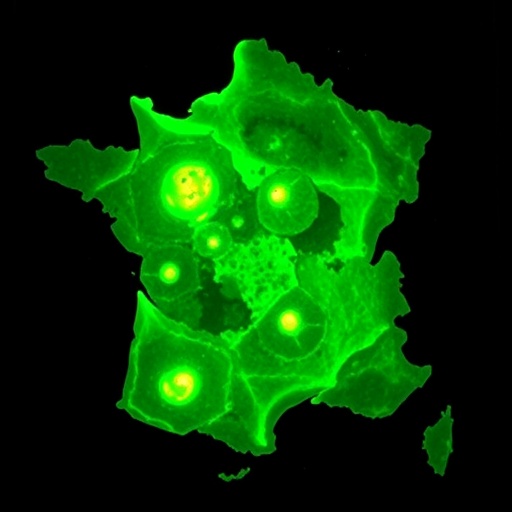The well-known and nearly hundred years old "proportional-integral- derivative"(PID) controller is a linear feedback control method which adjusts the input signal by using the regulation error of the systems only. Because of its simple structure, good robustness and high reliability, it is by far the most widely used control method in automatic control. For example, it has been reported that 95% control loops are of PID type in process control. However, one of the most challenging tasks for the implementation of the PID controller is how to design the three parameters of the controller. Although tremendous research efforts have been made on this problem by scientists and engineers, this crucial problem has never been well solved theoretically, in particular, a rigorous theory is lacking in the design and analysis of PID control for nonlinear uncertain systems. In the history, one of the most eminent methods for designing the PID parameters is the Ziegler-Nichols rule, which is a method based on some features of the linear process dynamics extracted from experiments conducted by either the step response method or the frequency response method. Many other methods including tuning and adaptation for the design of the PID parameters have also been proposed and investigated but mostly for linear systems.
Without doubt, almost all of the practical control systems are inherently nonlinear and time varying with uncertainties. Therefore, how to design the three PID parameters? Does the closed-loop control system have guaranteed good performance? What is the capability of the classical PID control? This research provides a preliminary answer to these basic and important scientific questions.
This new research work is authored by Cheng Zhao and Lei Guo, published in Science China Information Sciences in the second issue of 2017, under the title "PID controller design for second order nonlinear uncertain systems".
This research begins with physical systems modeled by the Newton's second law, proves that for a class of second order nonlinear uncertain systems, if the upper bounds of the partial derivatives of the nonlinear uncertain function are available, one can select the three PID parameters to globally stabilize the closed-loop systems and at the same time to make the position of the controlled system converge to any given setpoint. Actually, the authors have shown that the selection of the PID parameters has considerable flexibility, since they can be chosen from an unbounded three-dimensional manifold. Moreover, some necessary and sufficient conditions for the selection of the parameters are also established in some special cases.
In practical applications, the celebrated Newton's second law in mechanics still plays a fundamental role in modeling dynamical systems of the physical world. Thus, this research not only makes the first important step in establishing a theoretical basis for PID control, but also provides valuable guidelines for control engineers.
Despite of the remarkable progresses of the modern control theory over the past half a century, the classical PID control not only has exhibited its powerful vitality, but also has demonstrated as a most useful method for controller design of uncertain dynamical systems. It goes without saying that, this will be a high valuable paper from both theoretical and practical standpoints.
###
This research was funded by National Natural Science Foundation of China (Grant No. 1688101).
See the article:
Zhao C, Guo L. PID controller design for second order nonlinear uncertain systems. Sci China Inf Sci, 2017, 60(2):022201,doi: 10.1007/s11432-016-0879-3
http://engine.scichina.com/publisher/scp/journal/SCIS/60/2/10.1007/s11432-016-0879-3?slug=full%20text
Media Contact
Guo Lei
[email protected]
http://zh.scichina.com/english/
############
Story Source: Materials provided by Scienmag




